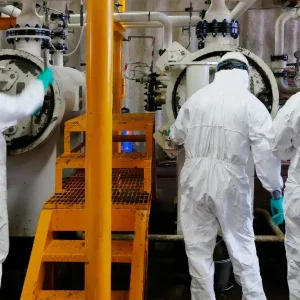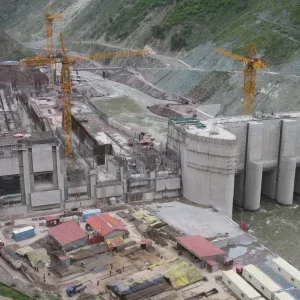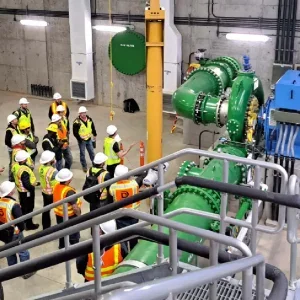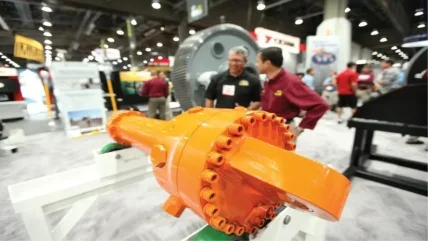
The last time we spoke, you discussed the specific role that graphite, lithium and cobalt will play in advancing the US’s green energy initiatives. Is this still the case? And how is the mining industry adapting to meeting the demand for these metals?
Rich Nolan: The success of adoption of green energy technologies and the pivot to electric vehicles will be defined by the strength, scale and speed of US domestic mining operations – not just operations limited to graphite, lithium and cobalt, but a wide range of minerals from copper and silver to rare earths and tellurium. The need is massive and, given the pace of innovation, the minerals we need urgently tomorrow may be different than those we need today, requiring an all-of-the-above mineral strategy that starts with US domestic mining. And we’re seeing an industry that is ready to tackle the challenge. In fact, the fastest growing segment of our membership is our resource developer category; these are companies not yet in development who are working to bring new mines online to meet the growing need for responsibly mined domestic minerals.
Regarding the Biden administration’s green energy plans and infrastructure projects, what specific policies or initiatives do you believe had the most significant impact on the mining sector during his term?
This administration has had a really interesting relationship with the mining industry. When President Biden came into office, he led with a very strong message about strengthening our domestic supply chains and creating American jobs. There have been important moves in that direction, including through the Inflation Reduction Act, significant financing offered through the Department of Energy’s Loan Programs Office and grants offered through the Department of Defense’s use of the Defense Production Act.
At the same time, to be blunt, far too few mines are getting approved. In fact, just a handful have been approved under this administration that are sizeable enough to require a full-blown environmental impact statement – compare that with the hundreds that analysts say are needed to fill the upcoming demand. Last year we saw the White House’s Interagency Working Group on mining make recommendations that would harm investment in domestic mining and our competitiveness, including recommending outsized royalties and taxes. And we’ve seen key permitting decisions reversed and hundreds of thousands of acres of mineral-rich lands withdrawn from potential mining.
You previously mentioned the importance of reducing the US’s import reliance on key mineral commodities. Has this come to pass in the past few years? What steps do you believe are necessary to achieve this goal, and what role can government policies play in supporting domestic mining operations?
As I mentioned, we’re not seeing nearly the progress that we will need to make a dent in our massive import reliance, and hostile policies are leading us in the wrong direction. The financing opportunities that are available through DOE and DOD, and tax incentives that are still in-work for electric vehicles and need to reach all the way back to the mine, are important market drivers. But if we can’t get a mine permitted here at home, those efforts will fall flat. With so many responsible projects awaiting a green light from the federal government, we need to find a better way to get things done, and get them done efficiently.
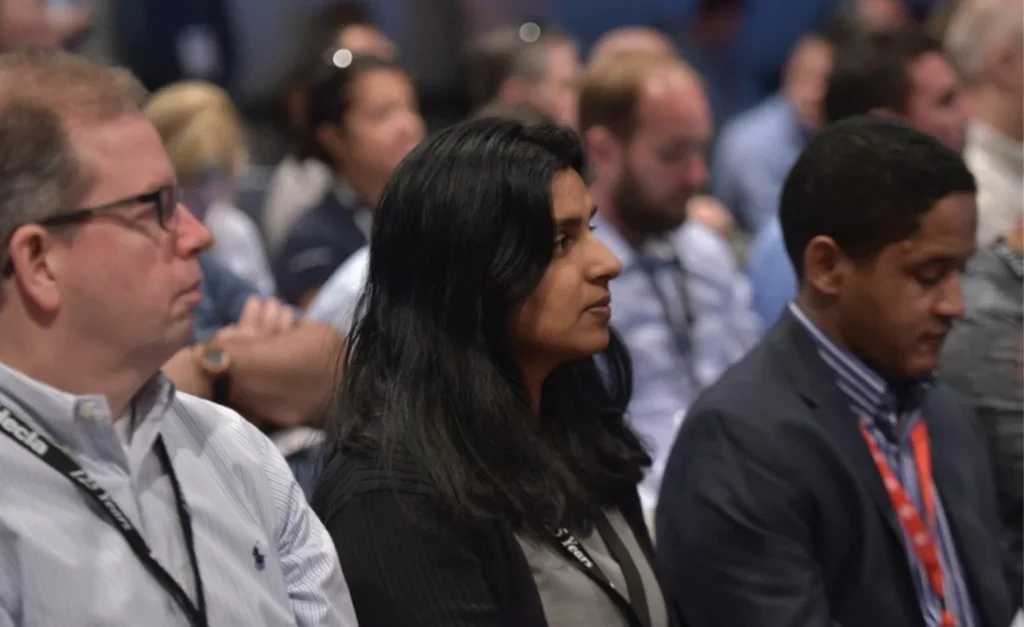
How do you view the current state of competition within the global mining industry, particularly in comparison to countries like China? What strategies do you think the US can adopt to enhance the competitiveness of its mining sector on the global stage?
China has a more than two-decade start on the rest of the world in terms of its minerals strategy, and we’ve seen countless other countries come up with comprehensive and specific minerals strategies to grow their internal capacity. In the US, unfortunately, we’ve seen a tendency to defer to sourcing from allies or other countries abroad in lieu of domestic sourcing and we think that’s a mistake.
With the strongest environmental, labour and safety protections in the world, and abundant domestic reserves of a wide range of minerals, if we’re going to get serious about responsible mining, we need to be doing more of it here at home. From a policy perspective specific to our geopolitical rivals, recent moves such as President Biden’s tariffs on imported Chinese goods and the ban on Russian uranium are steps in the right direction.
Could you provide more insight into the challenges associated with mine permitting in the US, and what reforms or improvements are needed to streamline this process?
Congress should take targeted action to streamline the permitting process that includes things like setting timelines on legal action and challenges; this is a huge factor in delaying projects in the US and environmental groups have even said that they know in many cases a mine will eventually be approved, but they use litigation as a stall tactic to lengthen the timeline as much as possible. Other actions like setting limits on Executive Land withdrawals, setting and enforcing timelines on steps in the federal permitting process, and implementing the permitting process reforms contained in the bipartisan Infrastructure Investment and Jobs Act, would go a long way.
Considering the growing demand for advanced energy technologies, such as electric vehicles, how is the NMA advocating for the responsible and sustainable development of mineral resources in the US?
We have a very active Environment, Social and Governance Task Force and Working Group that examines a wide range of ESG issues and policy positions and promotes innovative solutions that enhance ESG performance among our member companies. The NMA’s platform is designed to maximise resources and facilitate valuable information exchange within its membership to assist individual companies in advancing their ESG programmes.
Considering the projections for increased demand for minerals like lithium and copper, how do you foresee the mining industry addressing potential environmental concerns and ensuring responsible extraction practices?
In addition to the important ESG work done by the NMA and its members, I think it’s important to acknowledge that responsible mining is US mining. Not only do our member companies invest heavily in the research and development of new technologies and processes to minimise environmental impact, but they operate in a regulatory environment in which more than three dozen federal environmental laws and regulations – in addition to laws at the state and local level – govern their work. Even before mining can commence, a plan to restore the proposed mine site to another beneficial use must be developed and approved by regulatory agencies, and funding must be set aside to complete the restoration work.
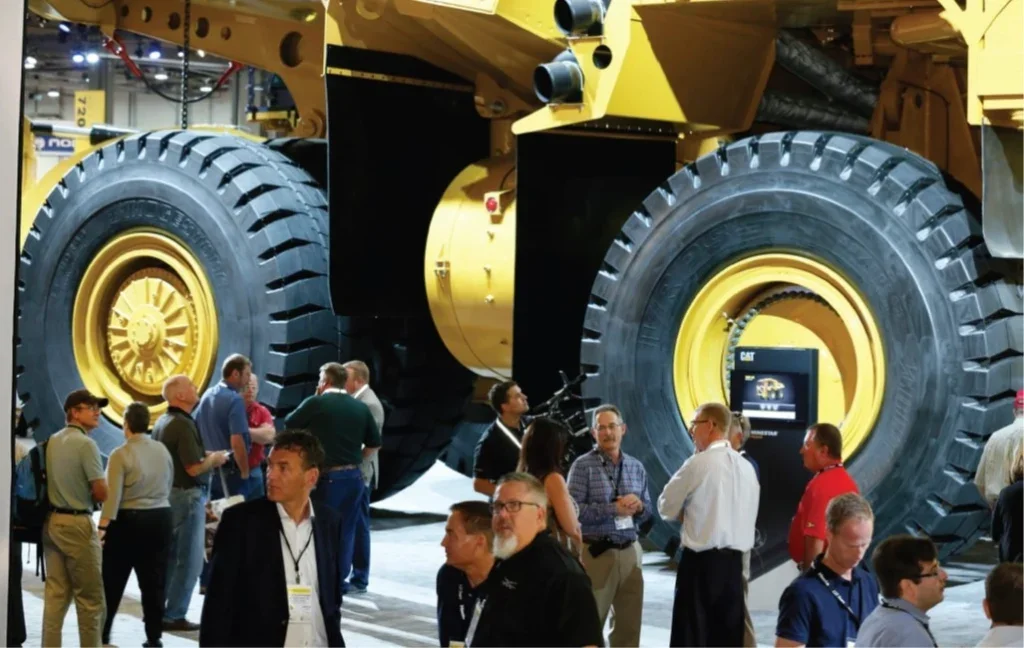
Can you discuss any recent advancements or innovations within the mining industry that are aimed at reducing environmental impacts and improving sustainability?
More and more mines are looking at options to electrify their fleet of vehicles, diversify their power sources, employ new techniques and technologies to drastically reduce the amount of water utilised in their operations, and develop innovative ways to manage waste. Innovation is at the heart of US mining and harnessing the creative talents of this great industry to make operations increasingly safe for our people and the environment is a top priority.
Finally, looking ahead to MINExpo 2024, what are your expectations for the event, and what key themes or developments do you anticipate will be highlighted during the conference?
With more than 825,000ft2 of exhibit space, across three halls, MINExpo International 2024 promises to be our best show to date. We have rebranded and given the show a fresh, new look. We are very focused on ‘If It’s Mining, It Lives Here’ for 2024. This year’s new starstudded Speakers Series features four leaders who will share their unique perspectives, experiences and secrets for success. We are looking forward to showing everything we have in store.
This article first appeared in World Mining Frontiers.


